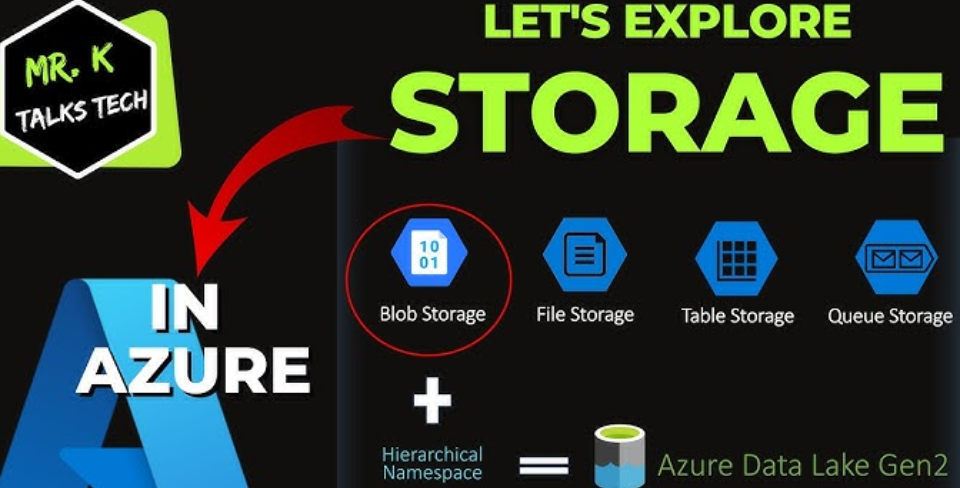Orchestrating AWS security in practice
Let’s illustrate the effective orchestration of various AWS security services in the following example.
Scenario
A global financial institution with operations in multiple countries faced the complex challenge of complying with the European Union’s GDPR. The institution stored a vast array of sensitive customer data, including financial records and PII, across a multifaceted AWS architecture. The financial institution faced challenges such as data fragmentation across multiple AWS accounts and the complexity of GDPR requirements, including data protection and breach notification.
Outcome
The financial institution successfully achieved GDPR compliance within the stipulated timeframe, thus avoiding potential fines that could have amounted to millions of euros. The integrated AWS security architecture provided a robust, scalable, and cost-effective solution that not only met but exceeded regulatory requirements. Real-time monitoring and automated remediation significantly reduced the risk of data breaches, and the institution gained a comprehensive view of its security posture.
Solution
To address this multifaceted challenge, the institution adopted an integrated approach, leveraging multiple AWS security services that worked in synergy.
- Data classification and protection: Macie was the first line of defense, automatically identifying and classifying sensitive data in S3 buckets. Macie’s findings were then published to CloudWatch for real-time alerting and automated remediation.
- Continuous monitoring and compliance: Config continuously monitored configuration changes across AWS resources, while GuardDuty provided intelligent threat detection. Both services fed their findings into Security Hub, which offered a unified view of the security and compliance status.
- Centralized governance: Organizations was used to manage multiple AWS accounts centrally. SCPs such as DenyPublicS3Bucket were implemented to enforce organization-wide permissions and restrictions. Control Tower was deployed to set up a well-architected multi-account environment based on AWS best practices.
- Data analytics and forensics: Security Lake was integrated into the Log Archive account set-up via Control Tower. It was configured to store, search, and analyze security data, receiving events from Security Hub among other sources. This provided an additional layer of analytics to fine-tune AWS WAF rules and helped in forensic investigations.
- Real-time alerting and automated remediation: CloudWatch was configured to receive findings from Macie, GuardDuty, and Security Hub. CloudWatch alarms triggered Lambda functions for automated remediation actions, such as modifying security group rules or modifying permissions to access compromised S3 buckets.
- Cost management: Billing alarms were set up in CloudWatch to monitor the financial aspects of implementing these security measures, ensuring that the institution remained within budget without compromising security.
The key to the institution’s success was the seamless integration of these AWS services, each contributing a unique piece to the puzzle. Lambda served as the glue, automating tasks and responses across services, from alerting to remediation. Organizations and Control Tower, fortified by SCPs, provided the governance framework, ensuring that all services were aligned with the institution’s compliance requirements.
Summary
In this chapter, we delved into the orchestration of AWS security services, laying the groundwork for a robust and adaptable security posture. We began by exploring the nuances of threat and vulnerability detection, discussing the capabilities and real-world applications of AWS services such as GuardDuty, Detective, and Inspector. We then transitioned into the realm of security governance and compliance, examining the functionalities of Security Hub, Config, Organizations, and Control Tower. The chapter also covered the critical aspects of securing secrets and identifying sensitive data, emphasizing the roles of SSM Parameter Store, Secrets Manager, and Macie. We rounded off the chapter by discussing the orchestration of these services into an integrated security architecture, touching upon cost considerations, compliance alignment, and incident response. The chapter concluded with a final case study that encapsulated the key takeaways, providing a holistic view of AWS security orchestration.
As we move forward, we are about to embark on the second part of the book, which focuses on architecting and deploying secure AWS environments. The upcoming chapter will take you through the art of creating secure microservices architectures. You will learn to understand the principles and security considerations of microservices, implement secure communication between them, and apply fine-grained access control. This next chapter promises to deepen your understanding of AWS security, particularly in the context of modern architectural patterns such as microservices.



